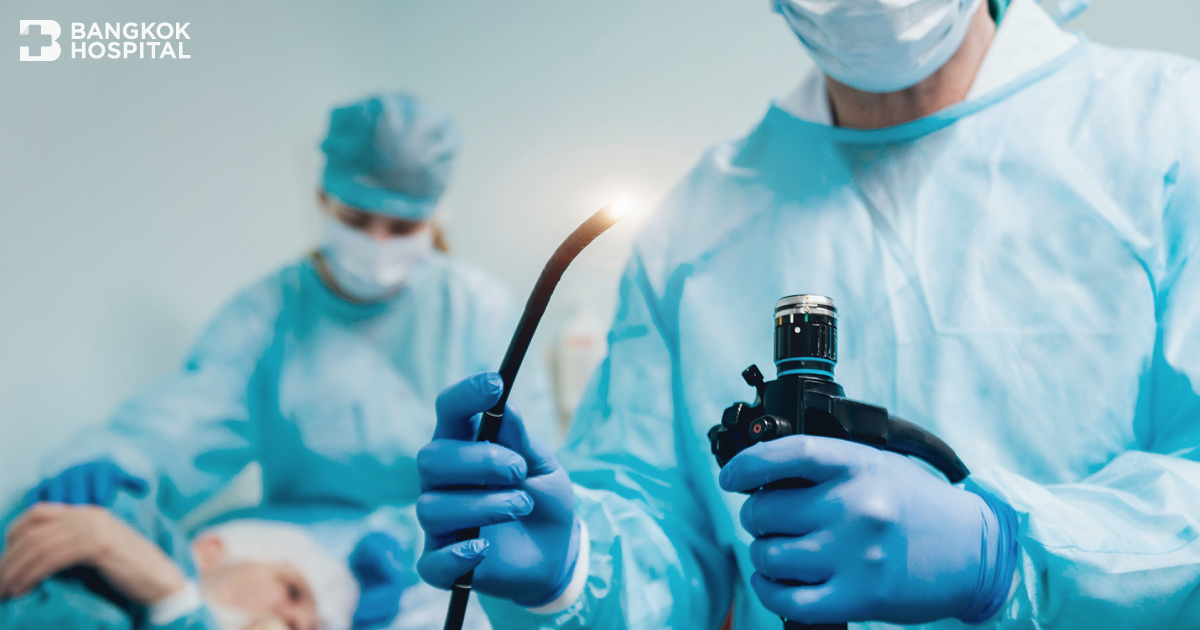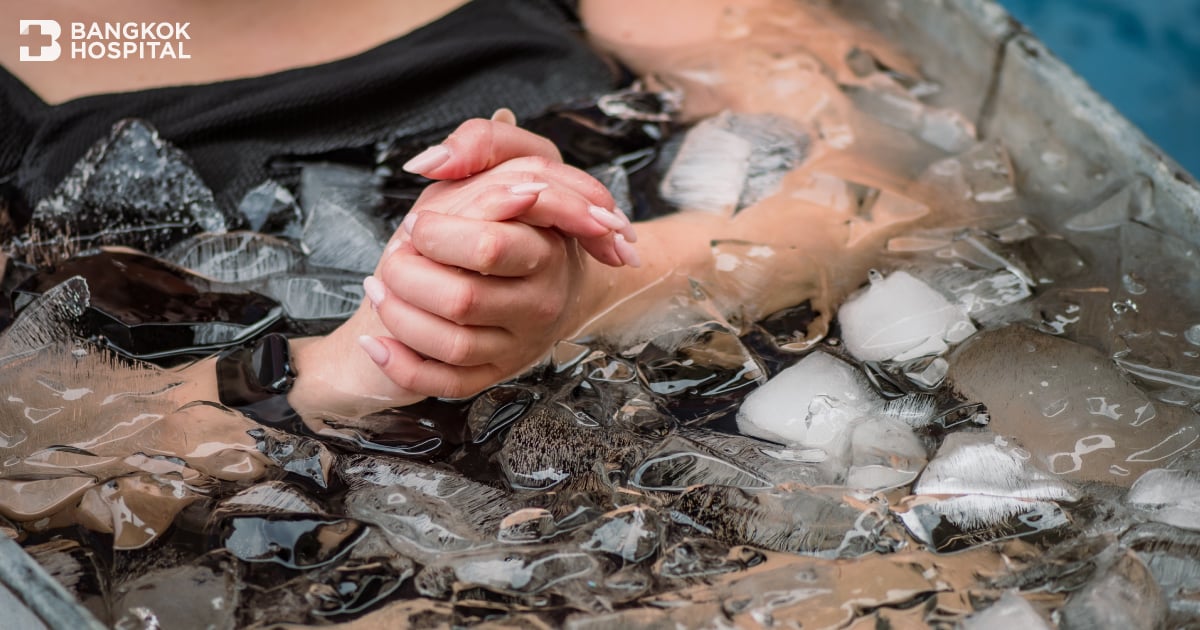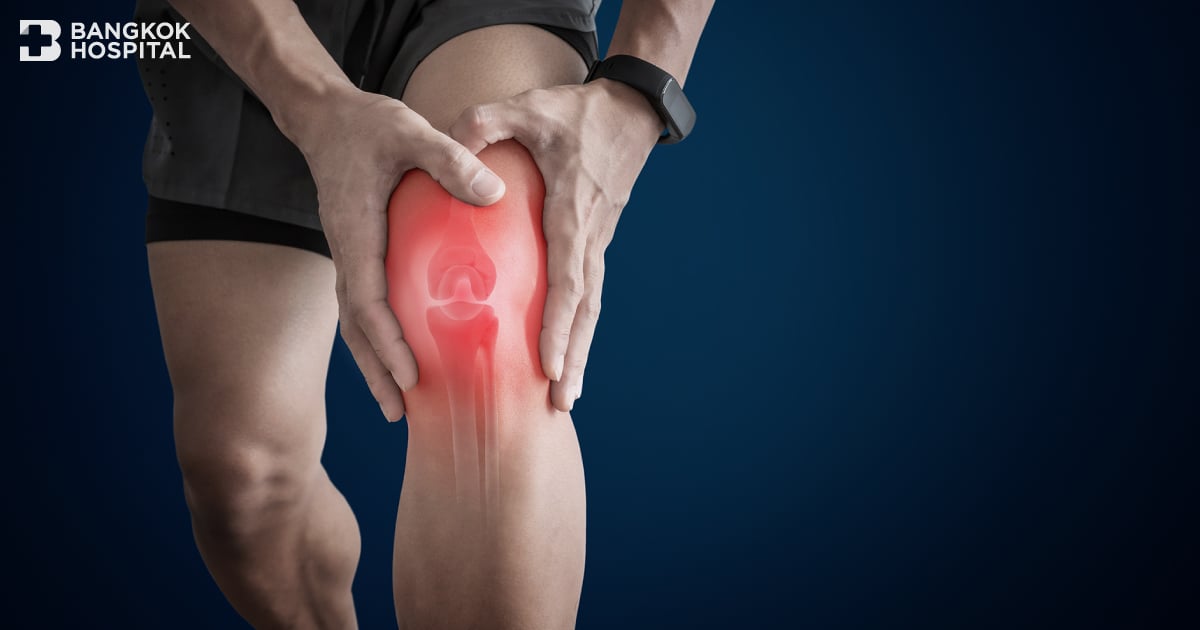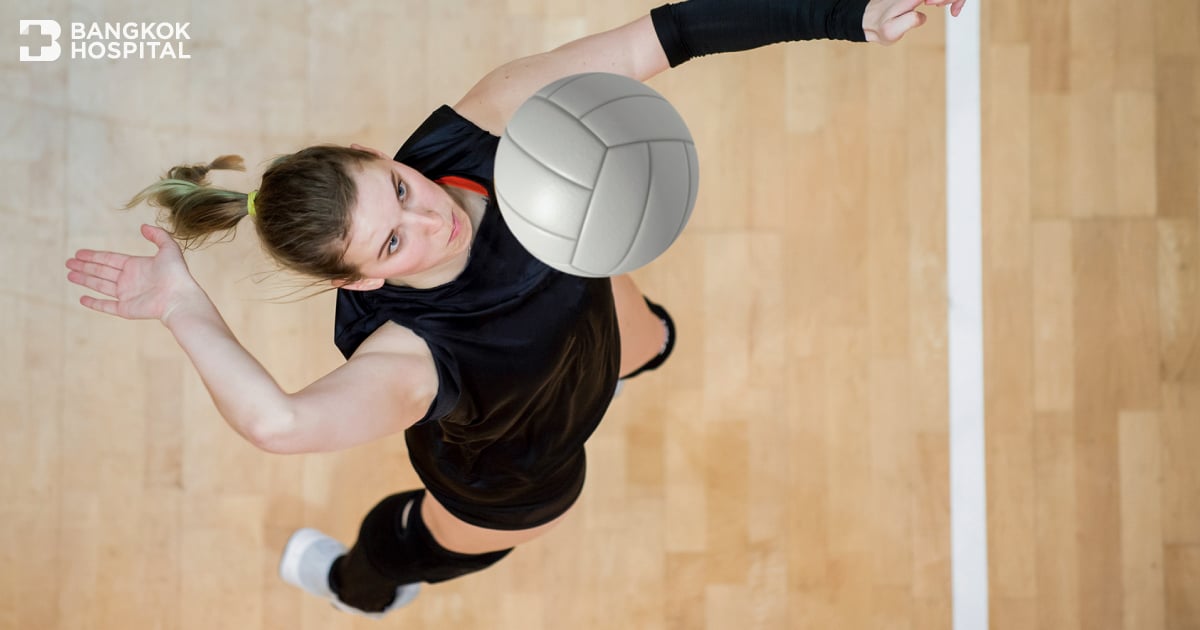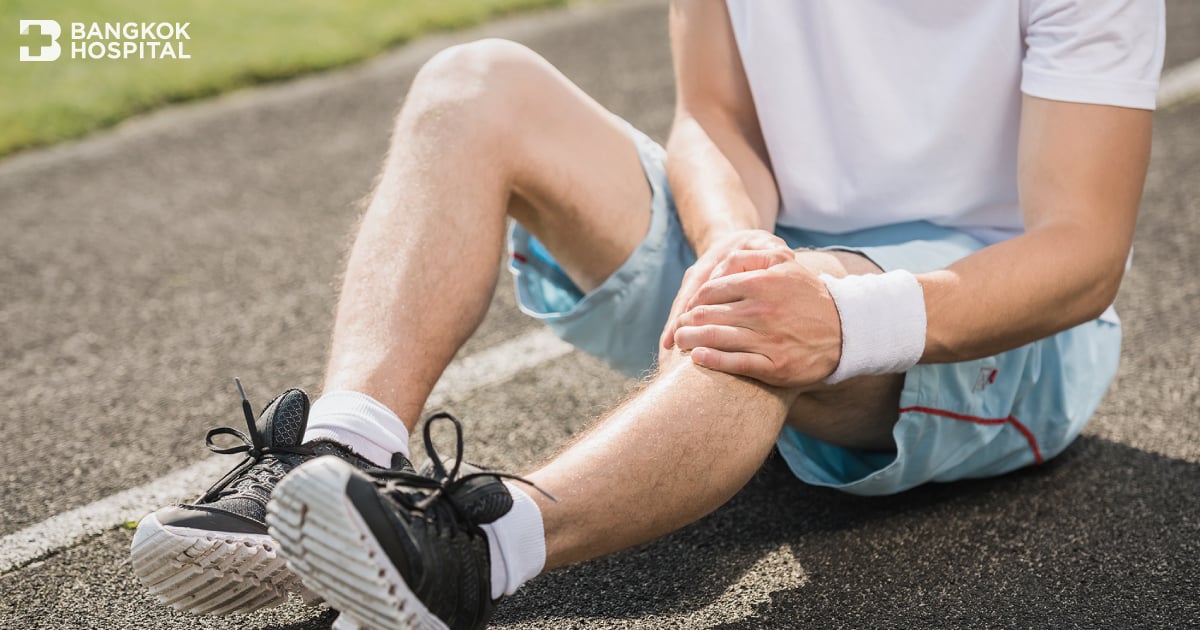When it comes to surgery, most people are afraid that after the surgery, there will be a large wound, requiring a long period of recovery before they can return to their daily routines as usual. However, today, in some cases such as the treatment and repair of shoulder and knee joints, the development has moved towards arthroscopic surgery, which results in very small surgical incisions, about 0.5 – 1 centimeter only. There is minimal damage to the tissues around the joints, leading to a much quicker recovery and mobility of the joints than with traditional surgery.
Dr. Pornthep Mamanee, a surgeon specializing in arthroscopic knee and shoulder surgery, and Sports Medicine physician, Director of the Sports and Exercise Medicine Institute (BASEM) at Bangkok Hospital or the FIFA MEDICAL CENTRE OF EXCELLENCE, recalls, “I completed my study in arthroscopic surgery and returned to Thailand in the years 2001 – 2002. At that time, Thailand had no treatment for joints through arthroscopy. About 2 years later, Thais began to accept and continuously favor this treatment method.”
Currently, Dr. Pornthep treats more than 200 patients per year. The treatment of shoulder joint pain in Thais usually involves medication and physical therapy, which can take a long time, up to 6 – 7 months, and in some cases, a year to relieve, or some patients may not recover and have to endure the pain. The diagnosis and treatment through arthroscopy provide an immediate solution to the root cause. Once successful, the long-standing pain will disappear.
Arthroscopic Surgery for Joint Diseases
Arthroscopic surgery for joint diseases aims to reduce the injury from previous surgical methods, which required opening a large wound to stitch a small tendon at the shoulder, dissecting muscle out, and removing the dislocated joints before stitching the tendon. Everything had to be put back in place, and it took about 7 days for the wound to heal and to start moving again, along with swelling and long scars. Meanwhile, arthroscopy creates small holes, eliminating the steps of opening up to the problematic tendon directly.
The objectives of arthroscopy are to allow patients to stay in the hospital for a shorter period, have smaller incisions, reduce the chance of infection, and recover mobility faster. For instance, shoulder joint procedures could require a 5 – 7-day hospital stay, with 2 – 3 weeks before mobility improves, and full mobility might take up to 3 months. However, after arthroscopic surgery, patients can go home immediately or may be observed for 2 – 3 hours or stay overnight, and by 2 days, mobility improves significantly, reducing the side effects of traditional surgery.
Identifying the Onset of Joint Diseases
Whenever there is severe shoulder pain, especially at night when resting, to the extent of waking up, and in some cases, not wanting to sleep at all due to the pain, it indicates a shoulder joint problem, and one should see a doctor for treatment. Besides addressing the cause of the pain, not sleeping well or enough also weakens the body because some parts of the body that function well during rest will perform less efficiently. Moreover, one can observe by the movement, for example, when the shoulder joint is stiff, unable to reach back fully, such as unable to scratch the back or unable to hook something from behind, it is advisable to see a doctor for examination and treatment.
Those at Risk for Joint Problems
Elderly people may develop calcification or degenerative joint diseases. Those who use arm strength to move above their head frequently, such as lifting heavy objects, weightlifters, tennis players, badminton players, swimmers, discus throwers, are examples.
Preventing Joint Problems
Preventing or avoiding joint problems can be done by regularly exercising to keep the tendons flexible and strong. For instance, exercising by moving every part of the body slowly and stretching fully in every direction, such as practicing Tai Chi or Qigong. In the case of athletes, there are specific warm-up techniques for each sport that should be correctly and consistently performed for an appropriate duration. However, if joint problems cannot be avoided, it is necessary to undergo diagnosis and repair of the damaged parts to return to normal daily life.

